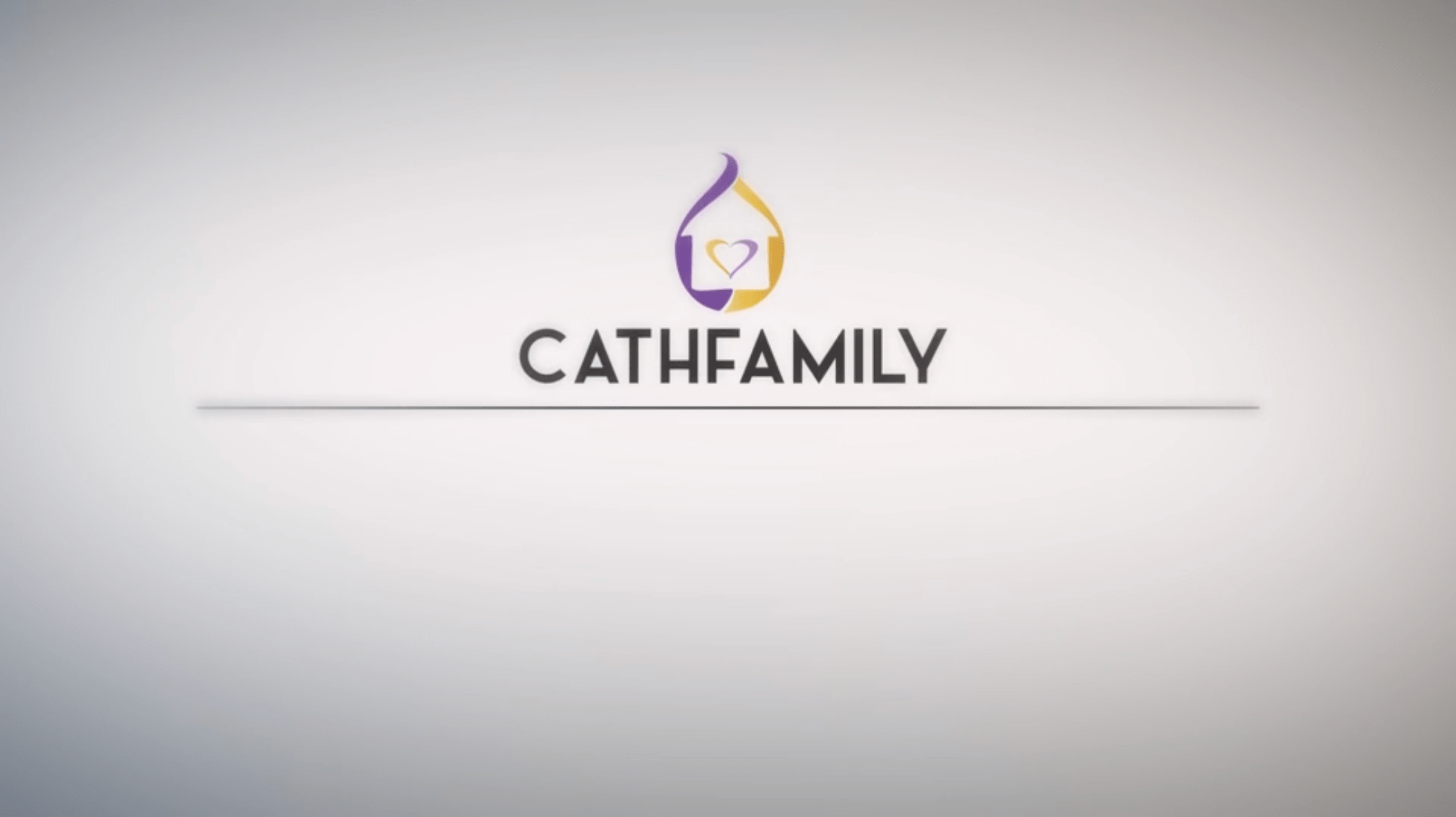Bread for Families
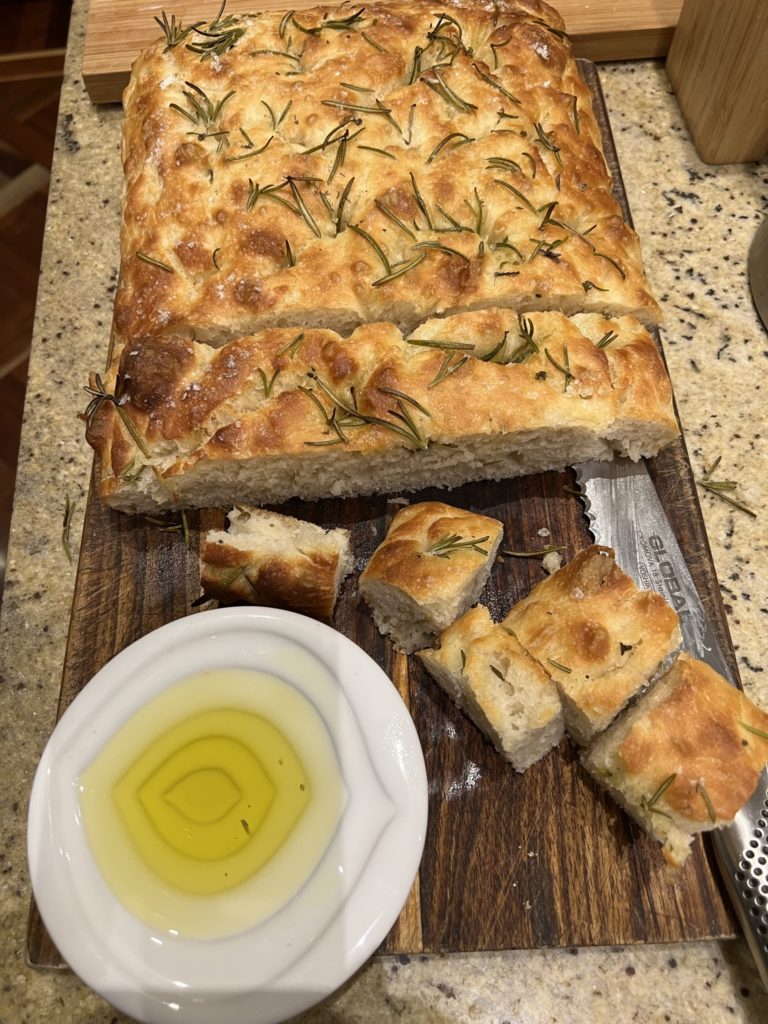
Is there ever anything so delicious and nourishing as freshly baked bread? This focaccia recipe is a game-changer for busy families.
In almost every culture, a variant of bread is a staple food. In the time of Jesus, bread was already established as a foundation in their diet and had a rich theological history.
Bread featured in the Exodus story, this time as unleavened bread – that is, unrisen bread, or flat bread. The story tells us that there simply wasn’t time for the bread to rise as the Passover meal was eaten in haste.
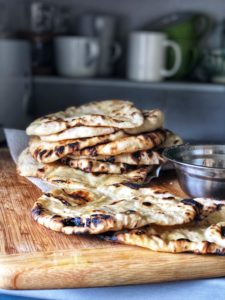
That the text takes time to emphasise that the bread must be unleavened, it implies that bread was already an important part of the Israelites’ diet and liturgy. And indeed, to this day, the Sabbath is celebrated with bread and wine.
The traditional bread used for Sabbath today is called ‘challah’ and bakeries often only bake it on Fridays and Saturdays. It’s a soft, rich bread, made with eggs and milk and platted so that it can be torn easily, making it a little complicated for novice bakers without a lot of time. However, it is delicious and you should definitely try some if you see it in your local bakery.
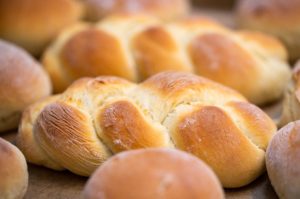
Lockdowns afforded me the opportunity to practice my sourdough making skills. Sourdough is a wonderful, natural process that relies on flour, water and salt, plus the starter (which is just flour and water impregnated with natural yeast captured from the air). It’s a satisfying (and sometimes frustrating) hobby but it is a long process, taking 24-36 hours from start to baked.
Which is why I’m finding this focaccia recipe such a joy. It’s quick (2-3 hours), needs no special equipment, and is turning out great bread every time.
I’ve posted below my variation plus a link to the original Pinterest video.
Focaccia Bread
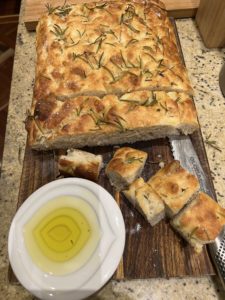
Ingredients
Bread
- 500 gms water (luke warm)
- 2 teaspoons dried yeast (7 gms/1 sachet)
- 2 teaspoons salt
- 2 teaspoons honey (can substitute for 1 tabsp sugar)
- 1 tablespoon olive oil
- 550 gms flour (preferably bread flour with high protein)
Topping
- 2-3 tablespoons Extra-virgin Olive Oil (EVOO)
- Fresh Rosemary, coated in the oil
- Sea salt flakes
Method
- In a bowl, combine the water, yeast, salt, honey and oil. Stir. (If you are uncertain about the quality of your yeast, wait five minutes for bubbles to appear).
- Add the flour and mix to combine with a spatula or dough hook. It will be a very wet dough (92% hydration).
- Cover with a damp tea towel or plastic wrap to stop the skin forming. Rest for ten minutes.
- With a wet or oiled hand, pick up the dough on one side and stretch and fold over the top. Rotate the bowl 90 degrees and repeat on all four sides of the dough. Cover and rest ten minutes so that the dough can relax.
- Do the stretch and fold routine three more times. The dough should get more elastic as the gluten develops.
- Cover and rest for 60-120 minutes until doubled in size. The time will depend on the temperature of your kitchen. My oven has a ‘bread proofing’ setting of about 40 C which makes this step very quick.
- Remove the bread when it is light and wiggly with large air bubbles. Preheat the oven to 220 Celsius (hot oven ~ 450 F).
- Transfer to an oiled baking dish (and gently coat the dough with oil, stretching it to the corners if desired. Be careful not to push the air out of the dough. Cover and rest (taking care to avoid the dough coming in contact with the cover) for 20-30minutes.
- Just before baking, oil your fingers and remove the leaves from the rosemary (this helps prevent the rosemary burning in the hot oven). Sprinkle over the top and use your fingers to make dimples into the dough. Cover the surface with 1 tab of EVOO so that it fills the dimples.
- Sprinkle with sea salt flakes.
- Bake 15~20 minutes until golden. Rotate in the oven at 10 minutes if browning unevenly.
- Remove from oven and rest in the pan for 5 minutes. Remove to a cooling rack to prevent sweating or cut and serve warm with EVOO.
Watch the Pinterest video that inspired this recipe.
